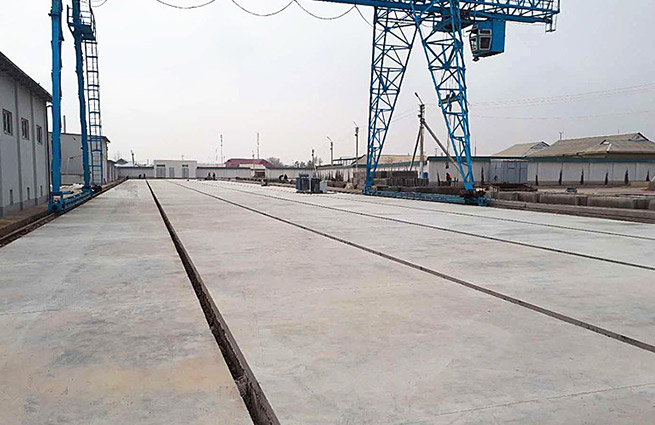Caged Birds and Their Impact on Animal Welfare Practices in Modern Farming Systems
Oct . 31, 2024 12:40 Back to list
Caged Birds and Their Impact on Animal Welfare Practices in Modern Farming Systems
The Reality of Caged Poultry Farming
Caged poultry farming has long been a controversial topic in the agricultural industry. This method of raising chickens, particularly for egg production, involves confining birds in small enclosures known as battery cages. While proponents argue that this system allows for more efficient production and easier management, there are significant ethical and welfare concerns that have prompted a growing movement toward more humane practices.
One of the primary reasons caged poultry farming remains prevalent is the sheer efficiency it offers
. Battery cages can house several hens in a limited space, maximizing the number of eggs produced per square foot. This method cuts down on labor costs since farmers can manage larger flocks more easily when the birds are confined. Additionally, it minimizes the risk of disease transmission among the flock, as the conditions can be more controlled.However, this efficiency comes at a high cost to animal welfare. Hens in battery cages are often given less space than a standard piece of paper to move. This confinement leads to a range of physical and psychological issues, including a higher incidence of stress-related behaviors, such as feather pecking and cannibalism. The inability to engage in natural behaviors, like nesting or socializing, is another consequence of this restrictive environment. Critics argue that these practices are fundamentally inhumane and raise serious ethical questions about the treatment of farm animals.
caged poultry

In recent years, consumer awareness and advocacy have shifted the conversation surrounding caged poultry farming. Numerous studies have highlighted the adverse effects of confinement on hen welfare, leading to widespread calls for change. Many countries have made legislative strides toward phasing out battery cages entirely, opting for more humane alternatives like cage-free or pasture-raised systems. These methods not only allow hens more freedom to move and engage in natural behaviors but also respond to growing consumer demand for ethically sourced food.
Moreover, the movement toward cage-free systems is also influenced by market dynamics. As consumers become more conscious of animal welfare, products from caged systems are facing declining demand. Retailers and food service companies are beginning to prioritize sourcing eggs from cage-free farms, prompting farmers to reconsider their operations in order to remain competitive. This shift has encouraged innovation in farming practices and created new economic opportunities in the sector.
In conclusion, while caged poultry farming has been a cornerstone of the agricultural industry for decades due to its efficiency and manageable cost, the growing awareness of animal welfare issues cannot be ignored. As regulations change and consumer preferences evolve, the industry must adapt accordingly. The future of poultry farming may very well hinge on the balance between productivity and humane treatment of these animals, paving the way for a more ethical approach that respects both agricultural needs and animal welfare. As society continues to grapple with these complex issues, the movement towards more humane poultry farming practices shows promise for the future of both the industry and the birds it houses.
-
Hot Sale 24 & 18 Door Rabbit Cages - Premium Breeding Solutions
NewsJul.25,2025
-
Automatic Feeding Line System Pan Feeder Nipple Drinker - Anping County Yize Metal Products Co., Ltd.
NewsJul.21,2025
-
Automatic Feeding Line System Pan Feeder Nipple Drinker - Anping County Yize Metal Products Co., Ltd.
NewsJul.21,2025
-
Automatic Feeding Line System - Anping Yize | Precision & Nipple
NewsJul.21,2025
-
Automatic Feeding Line System - Anping Yize | Precision & Nipple
NewsJul.21,2025
-
Automatic Feeding Line System-Anping County Yize Metal Products Co., Ltd.|Efficient Feed Distribution&Customized Animal Farming Solutions
NewsJul.21,2025






